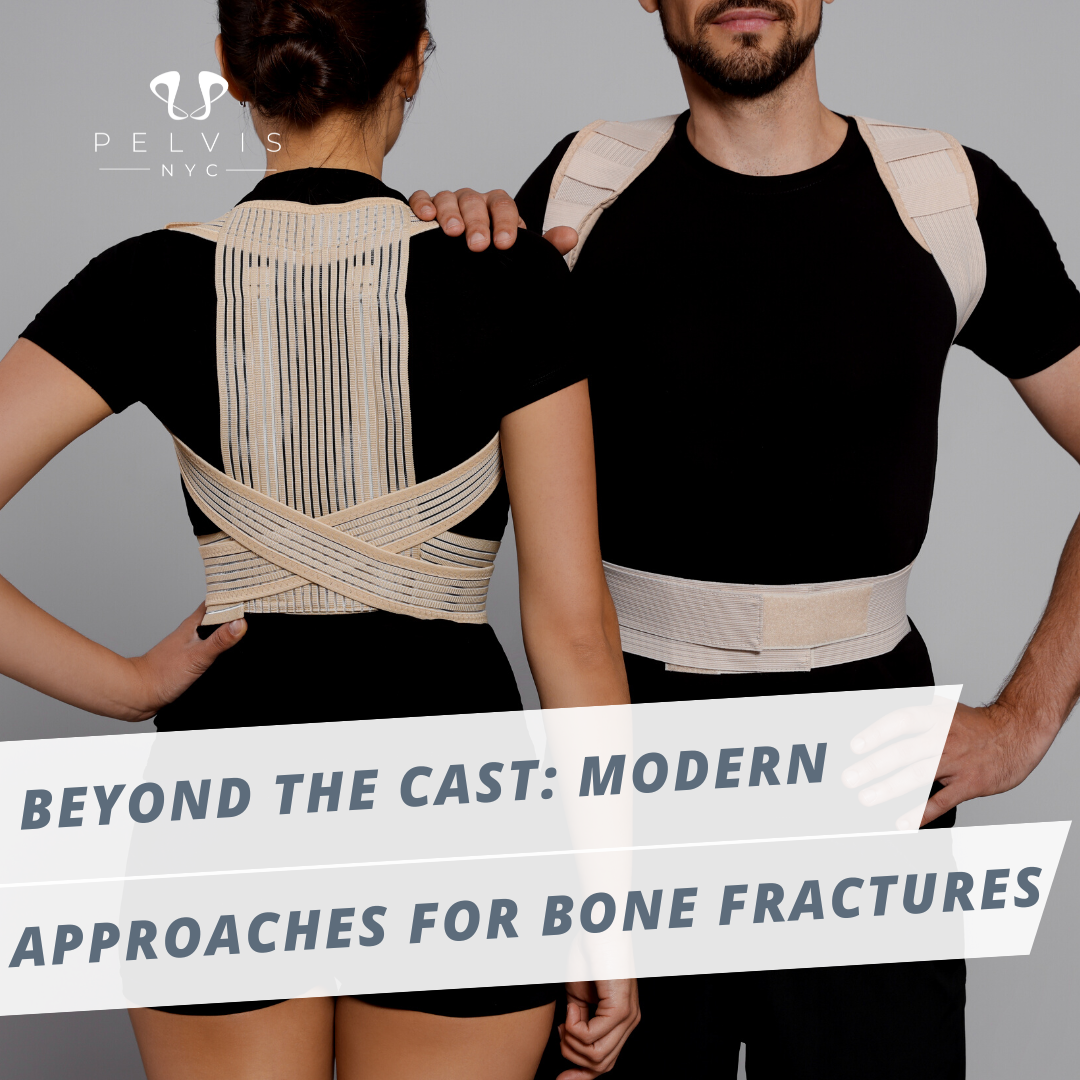In this continuation of our bone health journey, we’ll explore a topic that has seen remarkable advancements in recent years- modern approaches for bone fractures. I am excited to share insights on how medical science is reshaping the way we approach fracture treatments. The days of solely relying on traditional casts are evolving, and I’m here to guide you through these exciting developments while maintaining a steadfast focus on your well-being.
The Modern Approaches for Bone Fractures
Gone are the times when a cast was the only solution for mending broken bones. Today, medical science has introduced a range of innovative techniques and technologies that accelerate healing, enhance patient comfort, and yield better outcomes. Let’s dive into the modern approaches for bone fractures that offer hope and healing beyond the confines of a cast.
- Orthopedic Braces and Splints: For certain fractures, specially designed braces and splints have taken the place of traditional casts. These devices provide support, stability, and protection while allowing greater mobility during the healing process. They can be particularly beneficial for fractures that require gradual movement to prevent stiffness.
- Minimally Invasive Surgery: In cases where fractures are complex or displaced, minimally invasive surgical procedures have become a game-changer. Surgeons use advanced techniques to precisely align and stabilize fractured bones, often using tiny incisions and specialized instruments. This approach reduces trauma to surrounding tissues and speeds up recovery.
- Bone Growth Stimulators: These devices use low-intensity ultrasound or electrical currents to stimulate bone healing. They are especially useful for fractures that are slow to heal or show signs of delayed union. Bone growth stimulators promote bone cell activity and improve the body’s natural healing response.
- Biologic Treatments: Emerging biologic therapies involve using substances like growth factors, stem cells, and bone grafts to promote faster and more effective bone healing. These treatments aim to enhance the body’s natural regenerative processes, ultimately leading to stronger and healthier bone tissue.
Embracing Progress with Caution:
While these modern approaches offer promising results, it’s important to approach them with careful consideration. Every fracture is unique, and what works for one person may not be suitable for another. Consulting with healthcare professionals, such as orthopedic surgeons and physical therapists, is crucial to determine the most appropriate treatment plan based on your individual circumstances.
Personal Thoughts:
As we conclude our exploration of modern fracture treatments, I want to emphasize the importance of staying informed and open to advancements in healthcare. These innovations are a testament to human ingenuity and the unwavering commitment to enhancing the quality of life. Remember, your journey to recovery is a partnership between you and your healthcare team.
By staying engaged, asking questions, and participating actively in your treatment plan, you’re taking a proactive step toward optimal healing and well-being. As always, I’m here to support you on your path to recovery and better bone health. For inquiries, go to our website and get a FREE 15-minute teleconsultation.
Related Blog: Tips for Strengthening Bones and Reducing Risks


